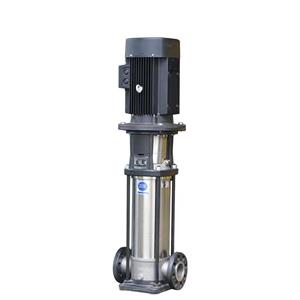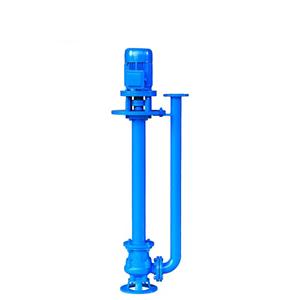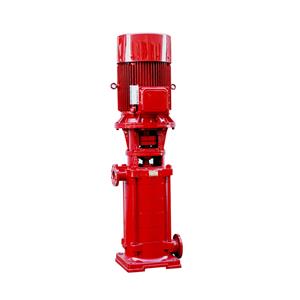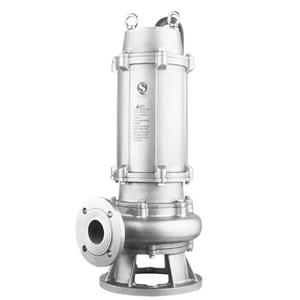Self-priming Pump Precautions for Pumping Fluids with Particulates
Self-priming Pump Precautions for Pumping Fluids with Particulates
Self-priming pumps are widely used in various industries and applications. However, when it comes to pumping fluids that contain particulate matter and impurities, special attention must be paid to ensure the pump's efficient operation and longevity. Here are some crucial considerations.
1. Pump Selection
Choosing the right self-priming pump model is the first and foremost step. Look for pumps that are specifically designed to handle solids or slurries. These pumps usually have larger impeller passages and are made of more durable materials to withstand the abrasive nature of particulate-laden fluids. Consider the size, shape, and concentration of the particles you'll be dealing with. For instance, if you're pumping wastewater with small, soft organic debris, a different pump might be suitable compared to handling a slurry with large, hard mineral particles.
2. Suction Line Design
The suction line plays a vital role. It should have a large enough diameter to minimize flow restrictions and prevent clogging. A clogged suction line can lead to a loss of prime and reduced pumping efficiency. Additionally, install a strainer or filter at the inlet to trap larger particles before they enter the pump. However, be cautious not to use a filter with too fine a mesh, as it can quickly clog and impede the suction process. Regularly clean or replace the strainer to maintain optimal flow.
3. Priming Procedure
Proper priming is essential for self-priming pumps. When dealing with fluids containing impurities, make sure the priming chamber is clean and free of any debris that could interfere with the priming process. Use clean water for priming whenever possible to avoid introducing additional contaminants into the system. Follow the manufacturer's instructions precisely to ensure a successful prime. If the pump fails to prime correctly, it won't be able to build the necessary suction and move the fluid effectively.
4. Operating Conditions
Monitor the operating parameters closely. Keep an eye on the flow rate, pressure, and temperature. If you notice a sudden drop in flow or an increase in pressure, it could indicate a blockage in the pump or the system. Adjust the operating speed within the recommended range. Running the pump at too high a speed can cause excessive wear and tear, especially when dealing with abrasive particles, while running it too slow might not provide sufficient suction to handle the fluid.
5. Maintenance
Regular maintenance is key to the longevity of the pump. After each use, flush the pump and the associated piping with clean water to remove any residual particulate matter. Periodically inspect the impeller, casing, and seals for signs of wear and damage. Replace worn parts promptly to prevent further deterioration. Lubricate moving parts as per the manufacturer's guidelines to ensure smooth operation.
6. Safety Precautions
Be aware of potential safety hazards. Particulate-laden fluids can create splashes or sprays that may contain harmful substances. Wear appropriate personal protective equipment, such as gloves, goggles, and protective clothing. Also, ensure the pump is installed in a well-ventilated area, especially if you're pumping fluids that emit fumes or gases.
In conclusion, using a self-priming pump to handle fluids with particulate impurities requires careful attention to multiple factors. By selecting the right pump, designing an appropriate suction line, following proper priming and operating procedures, conducting regular maintenance, and adhering to safety measures, you can ensure the reliable and efficient operation of the pump in challenging pumping scenarios.
Get the latest price? We'll respond as soon as possible(within 12 hours)
more products
News
Featured Products
Contact Details




